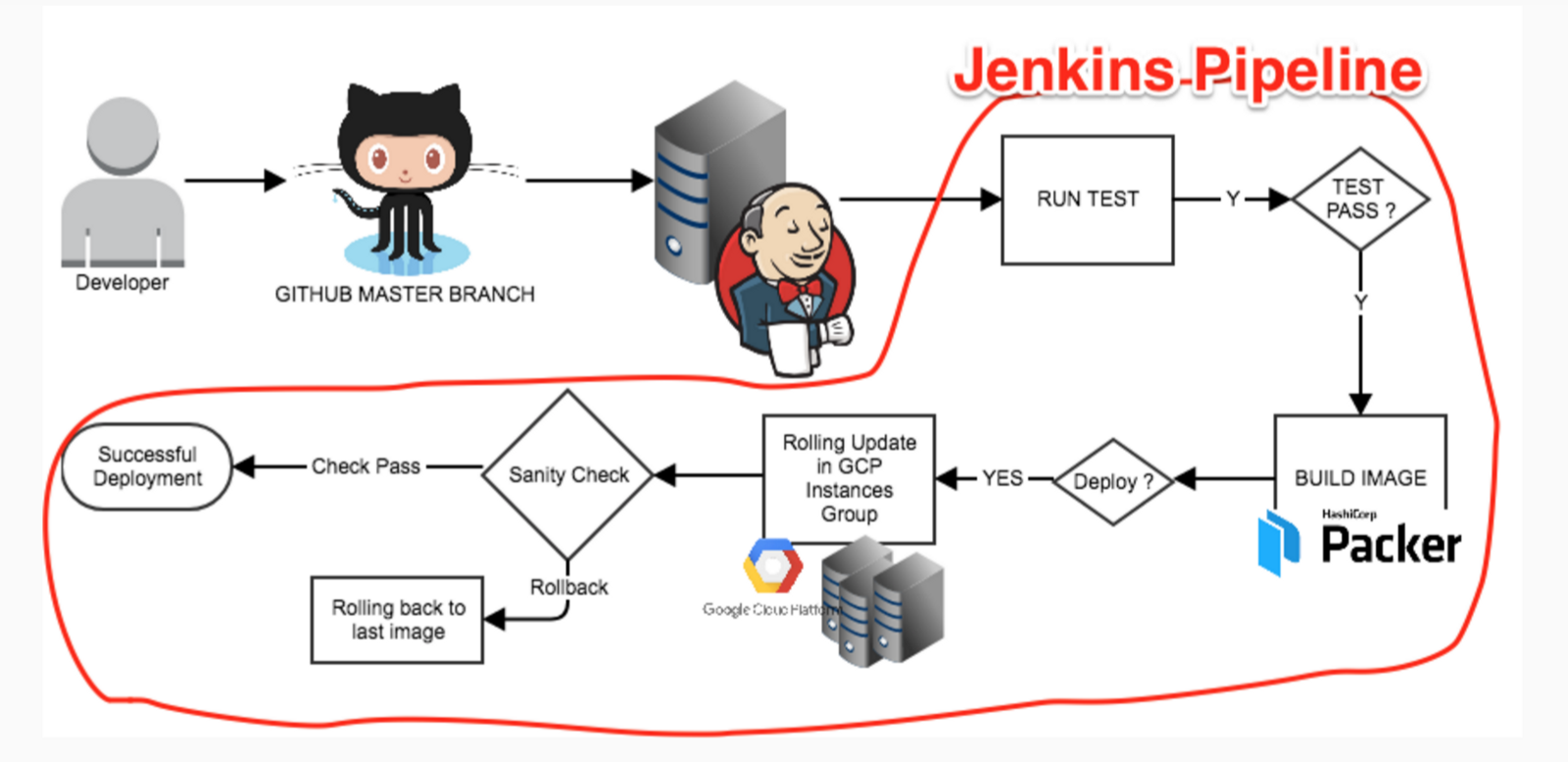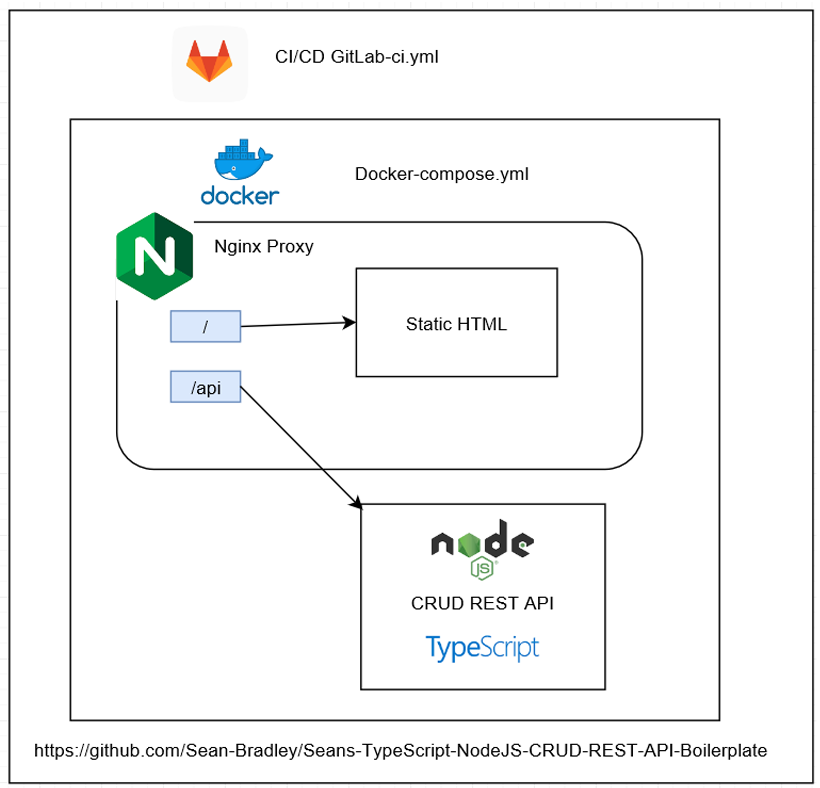Use Docker to build Docker imagesall tiers. You can use GitLab CI/CD with Docker to create Docker images. For example, you can create a Docker image of your application, test it, and publish it to a container registry. To run Docker commands in your CI/CD jobs, you must configure GitLab Runner to support docker commands. Gitlab CI failing on test/Makefile test-python-dap target My CI was working very consistently, but starting failing about a week or so ago on this test case. It seems to be a race condition where -wait-started is returning before the python debugger is actually listening. Jul 16, 2020 Finally, using a GitLab Personal access token we updated the DOCKERAUTHCONFIG variable; Make sure to add all variables you project’s Settings CI/CD page. Now, the DOCKERAUTHCONFIG variable should be updated with a new password for each build. – Helpful Resources: GitLab Runner Issue Thread - Pull images from aws ecr. Feb 05, 2021 Put your script to.gitlab-ci.yml and push your code – that’s it: CI triggers a job and your commands are executed. Now, let's add some context to our story: Our website is small, there is 20-30 daily visitors and the code repository has only one branch: master. Use Docker to build Docker images. You can use GitLab CI/CD with Docker to create Docker images. For example, you can create a Docker image of your application, test it, and publish it to a container registry. To run Docker commands in your CI/CD jobs, you must configure GitLab Runner to support docker commands.
- Gitlab Ci Python Docker Example
- Gitlab Ci Docker In Docker
- Gitlab Ci Python Docker Download
- Gitlab Ci Python Docker Examples
Want to use an image from a private Docker registry as the base for GitLab Runner’s Docker executor?
ECR example:
Full job:
Assuming the image exists on the registry, you can set the DOCKER_AUTH_CONFIG variable within your project’s Settings > CI/CD page:
The value of auth is a base64-encoded version of your username and password that you use to authenticate into the registry:


Continuing with the ECR example, you can generate a password using the following command:

To test, run:
Now, add the DOCKER_AUTH_CONFIG variable to your project’s Settings > CI/CD page:
Test out your build. You should see something similar to the following in your logs, indicating that the login was successful:


Unfortunately, we’re not done yet since the generated password/token from the get-login-password command is only valid for 12 hours. So, we need to dynamically update the DOCKER_AUTH_CONFIG variable with a new password. We can set up a new job for this:
Here, after exporting the appropriate environment variables (so we can access them in the aws_auth.sh script), we installed the appropriate dependencies, and then ran the aws_auth.sh script.
aws_auth.sh:
What’s happening?
- We generated a new password from the
get-login-passwordcommand and assigned it toAWS_PASSWORD - We then base64 encoded the username and password and assigned it to
ENCODED - We used jq to create the necessary JSON for the value of the
DOCKER_AUTH_CONFIGvariable - Finally, using a GitLab Personal access token we updated the
DOCKER_AUTH_CONFIGvariable
Make sure to add all variables you project’s Settings > CI/CD page.
Gitlab Ci Python Docker Example
Now, the DOCKER_AUTH_CONFIG variable should be updated with a new password for each build.
That’s it!
Gitlab Ci Docker In Docker
–
Gitlab Ci Python Docker Download
Helpful Resources:
Gitlab Ci Python Docker Examples
- GitLab Runner Issue Thread - Pull images from aws ecr or private registry
- GitLab Docs - Define an image from a private Container Registry